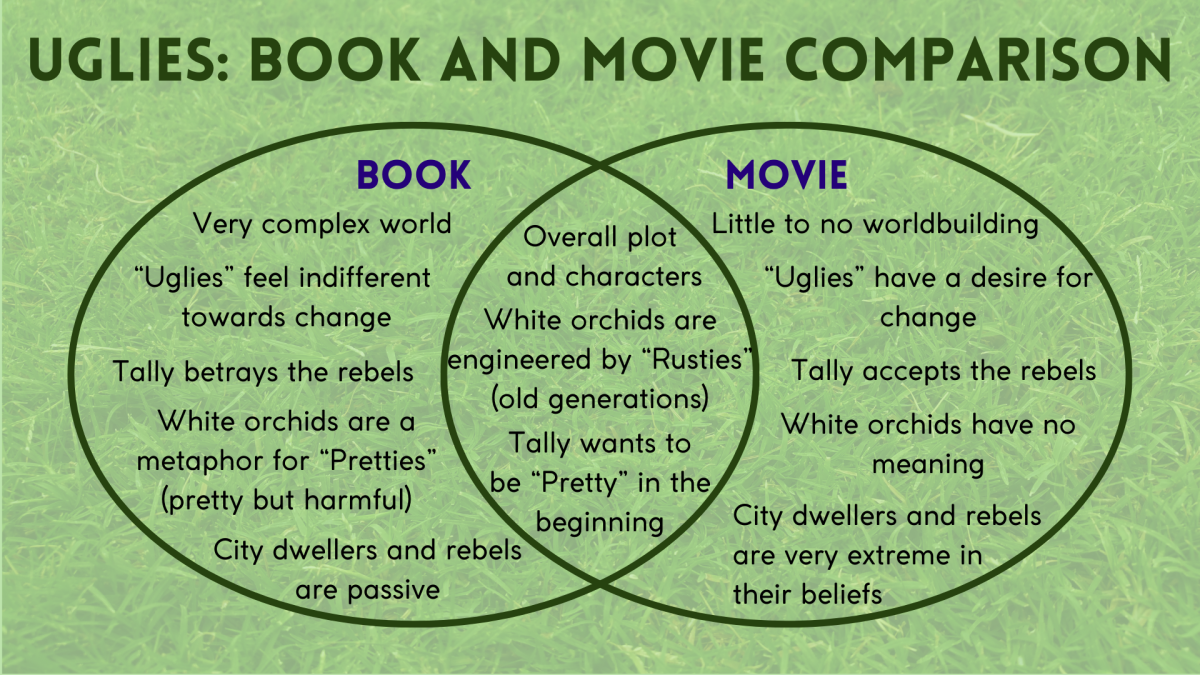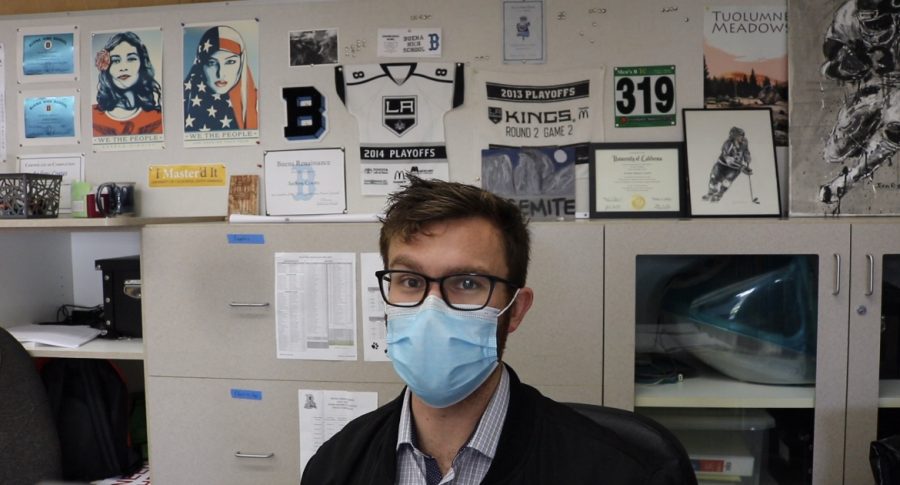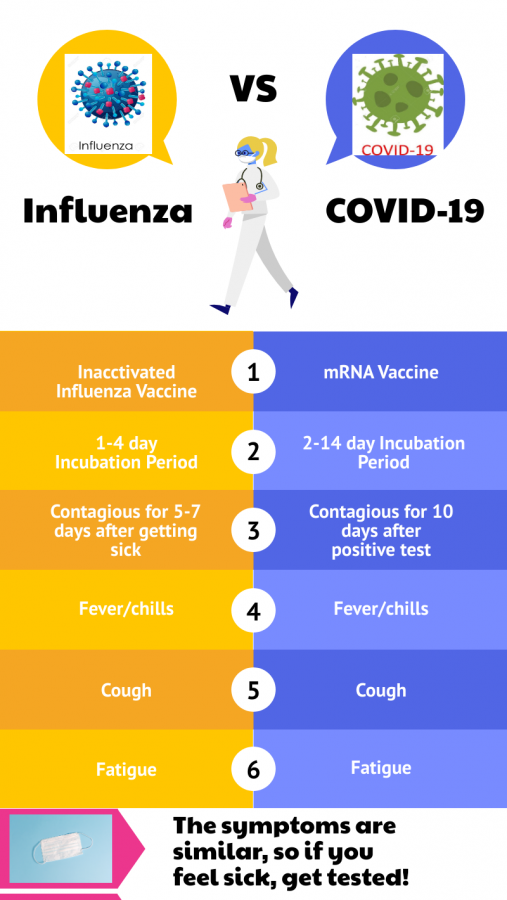Flu vs. Covid: What’s the sniffle?
Fever, cough, loss of taste and smell, or difficulty breathing are symptoms that VUSD requires student or staff member to stay home, and reccomends a test.
October 20, 2021
As the year progresses the time has come again when we swiftly whip out our hoodies, sweaters, and cable knits. However the grey sky isn’t the only thing casting down on us. Already living in the midst of a pandemic, runny noses can mean one of two things, the flu, or Covid-19.
The influenza epidemic began in 1918, caused by the H1N1 influenza A virus. One third of the world’s population became infected with the virus, and total deaths were almost 50 million, according to CDC.gov. Now, the fatality rate and severity of the disease has taken a dip, but the transmissibility remains high, infecting millions of people every winter.
Now, the world is living in a different pandemic, one caused by the coronavirus. While the symptoms are similar, there are striking differences in the two.
Influenza is an upper respiratory illness caused by viruses, similar to the coronavirus. The flu is caused by two different viruses, the A variant and the B variant. In the 2019-2020 flu season, 38 million people were infected and only 30,000 people died as a result.
Both the flu and Covid-19 are spread through droplets from breath, and it takes less than 6 hours to become infected by either highly contagious virus. Covid-19 and influenza are structurally different, and there are many different variants of coronavirus, while influenza is only the two types. Different from Covid-19, symptoms of the flu show up much faster, only taking about 4 days to be present.
“The period in which someone shows symptoms of Covid-19 can be up to 14 days,” Biology teacher Christine Clarke-Williams said. “So someone can have that virus and not know it, and that’s how it gets spread so easily.”
The danger of Covid-19 not only lies in its ability to stay silent for so long, but also has a higher hospitalization rate, and higher death rate.
“Covid-19 can cause more severe complications versus the flu,” Clarke-Williams said.
While the illnesses are similar, their vaccines are different. The first flu vaccine was licensed in 1945, 27 years after the 1918 epidemic, according to Weather.com. The covid-19 vaccine was developed in under a year, according to MedicalNewsToday.com, the first administrations beginning in late 2020. The covid-19 vaccine inserts small pieces of mRNA genetic material into the patient.
“Your cells will read that genetic material, and create proteins that are foreign,” Clarke-Williams said. “Our bodies will then activate our immune system to go after those viral proteins, should they get introduced into our system.”
The flu vaccine is different, injecting small, old, dead pieces of the virus into the patient, rather than just the genetic material, like in the Covid-19 vaccine. Nevertheless, because of the high transmissibility of each of the viruses, even among vaccinated individuals, many people have had experience with both.
,”
“[When I had the flu] I had to miss school for two days, and throwing up was my only symptom,” junior Shelby Lawson said. “If I were to get the flu right now, my biggest concern would be missing school and practice, especially during junior year.”
Contracting Covid-19 would have similar repercussions, keeping students out of school for at least 10 days, or until they have a negative test result. Returning to school full time raises the chances of contracting Covid-19, and the chances of missing school due to an illness.
“When I had Covid, my symptoms only lasted for 3 days,” Lawson said. “I only had a headache, it wasn’t too bad.”
Lawson hasn’t been vaccinated for either illness, but her experience with both of them was mild. While the symptoms can be mild, the high fatality rates of both of the diseases remains high. In the United States, 44 million people have had Covid-19, and 714,000 million people have died, 23.8% more than people who died from the flu.
“Based upon the data we have right now, the future with Covid-19 is grim,” Clarke-Williams said. “However, I believe over time, like with anything, we will get to a point where fatality rates will fall. We just aren’t there yet.”















































































